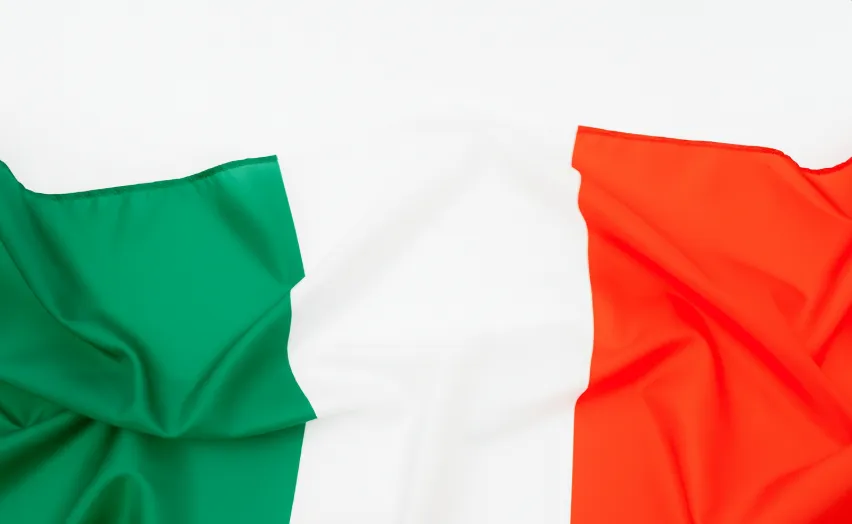 To have
To have
Lesson eleven


The verb to be is one of the most important verbs in any language, and it's the first verb you need to learn in Italian. Just like in English, essere is used to describe people, things, and states of being.
The verb essere must be conjugated depending on the subject. Here's how it looks in the present tense:
| Italian | English |
|---|---|
| Io sono | I am |
| Tu sei | You are (informal) |
| Lui/Lei è | He/She is |
| Lei è | You are (formal) |
| Noi siamo | We are |
| Voi siete | You are (plural) |
| Loro sono | They are |
Io sono felice
I am happy.
Tu sei simpatico
You are nice.
Lei è bella
She is beautiful.
Il gatto è grasso
The cat is fat.
La torta è buona
The cake is delicious.
Noi siamo amici
We are friends.
Voi siete italiani
You are Italian.
Loro sono degli studenti
They are students.
Lei is the formal version of "you", used when showing respect to someone like your boss, teacher, or an elder. It takes the same form of the verb as he/she.
È stanco, signor Rossi?
Are you tired, Mr. Rossi?
È occupato domani?
Are you busy tomorrow?
Lei è sposata, signora?
Are you married, ma'am?
To create the negative form of the verb essere, simply add non before the verb.
Io non sono italiano, sono francese.
I am not Italian, I am French.
Il libro non è interessante, è noioso.
The book is not interesting, it is boring.
Non sono triste, sono felice.
I am not sad, I am happy.
La casa non è grande.
The house is not big.
To form a question with essere, simply raise your intonation at the end of the sentence. There's no need to rearrange the word order like in English.
Questo posto è libero?
Is this place free?
Oggi è una bella giornata.
Today is a beautiful day.
In Italian, there is no separate pronoun for it. To say it is, simply use the verb essere without a subject.
È tardi.
It is late.
Oggi è una bella giornata.
Today it is a beautiful day.
 To have
To have
Lesson eleven
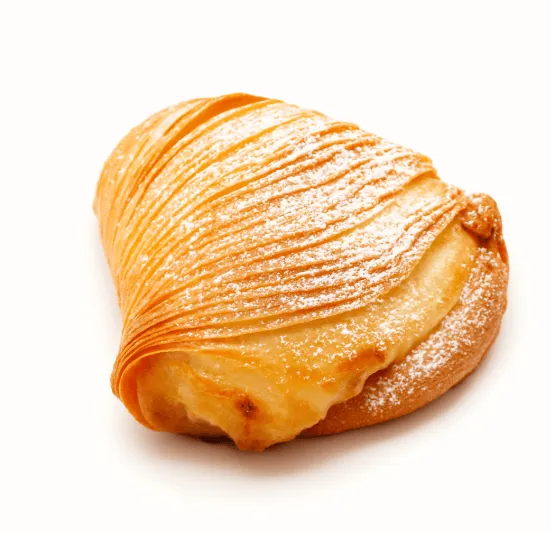 There is/there are
There is/there are
Lesson twelve
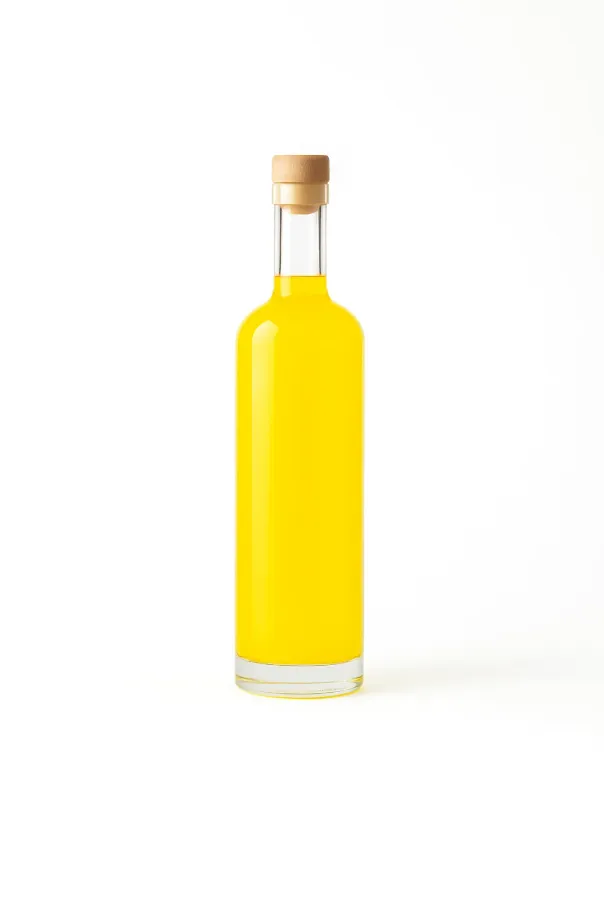 Present tense
Present tense
Lesson thirteen
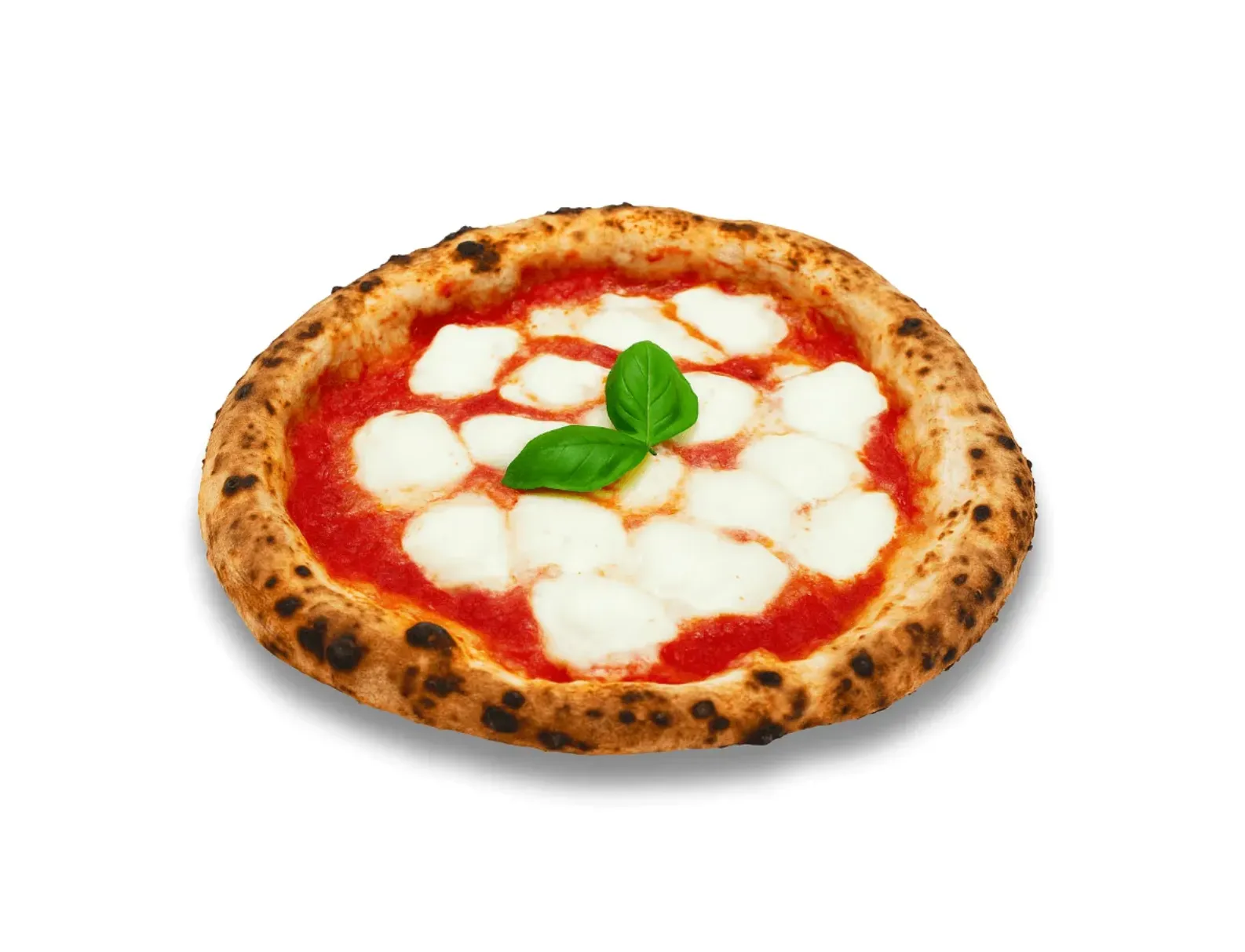 Modal verbs
Modal verbs
Lesson fourteen
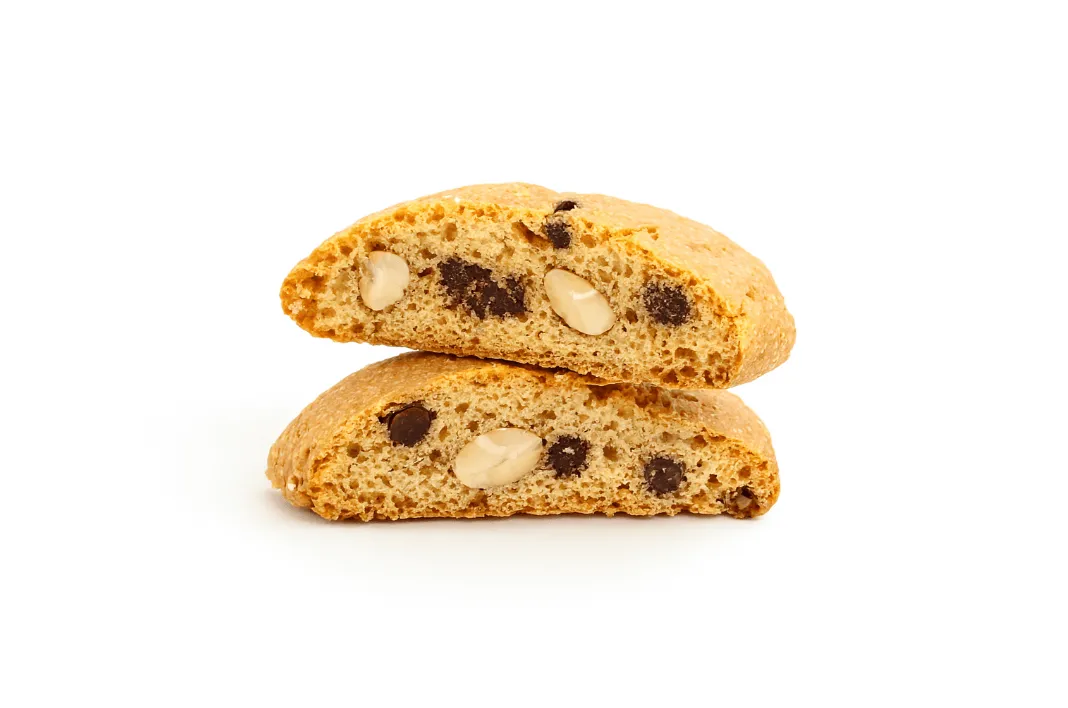 Prepositions
Prepositions
Lesson fiveteen
 Question words
Question words
Lesson sixteen